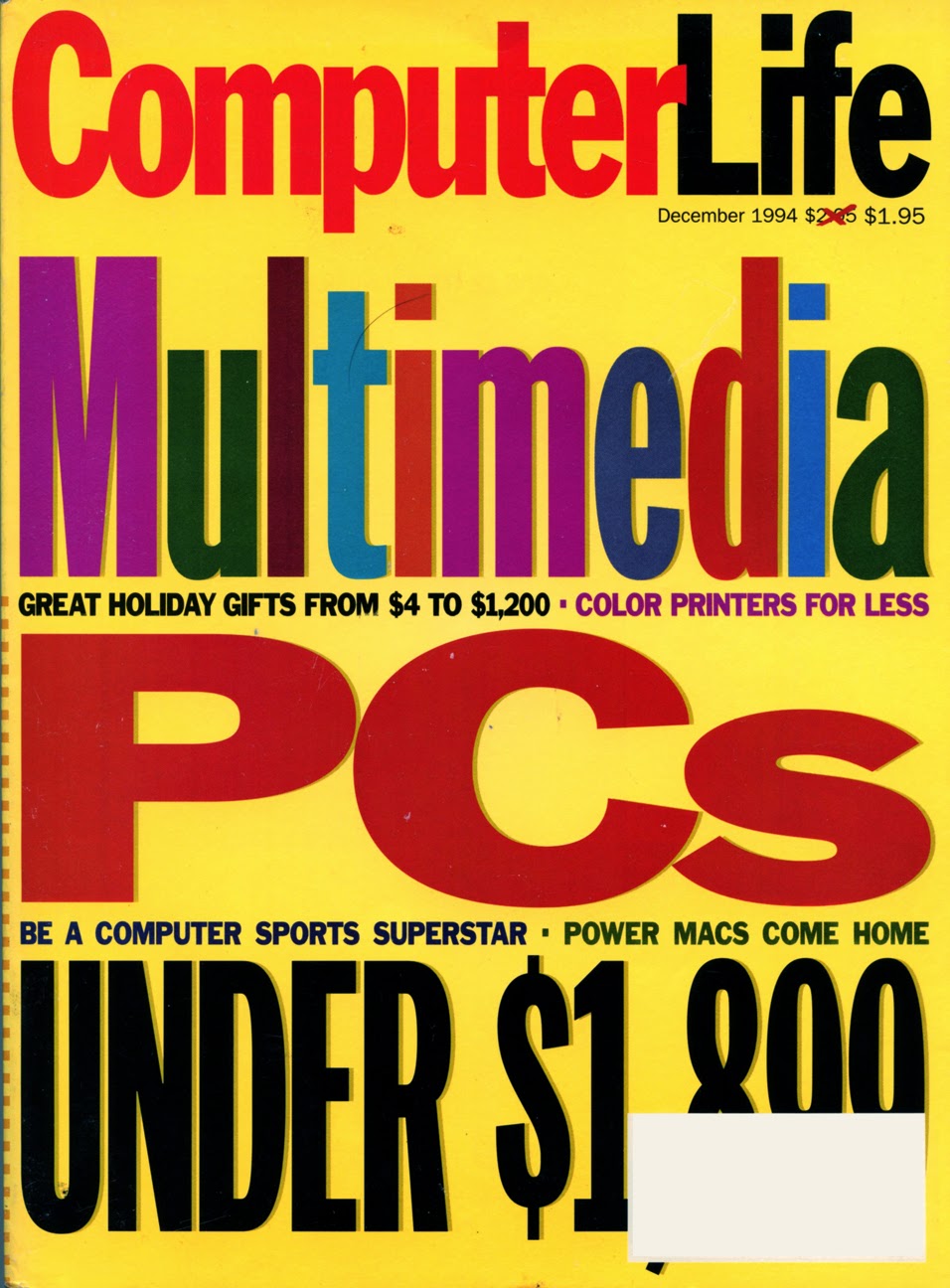What’s for Dinner? Dept.: When I moved to Schenectady in 1980 to work for WMHT-FM, which at that time was based in that city, the first restaurant I visited – where I was taken for lunch – was the nearby McLane’s Deli. Here’s what I found there recently.
ONE OF THE BRAVEST ACTS I can think of took place in Schenectady last April. Nittaya Raksa, who had run an Albany sewing shop, opened a Thai restaurant there. Specifically, in Rotterdam, at the site of what had been, for many years, McLane’s Deli. Asking Rotterdam to go from meatloaf to Massaman curry is a challenge. So far, it seems, so good.
 |
| Photo by B. A. Nilsson |
While Thai food may seem to offer a daunting array of unfamiliar menu items that threaten to be soul-crushingly spicy, I’d like to think that you need only a single encounter with good
tom kha, a coconut soup, or
pad Thai, a sautée of noodles, eggs and peanuts, to embrace the satisfying flavors. Certainly the menu at Jasmine Thai offers some of the more economical choices for this cuisine. Pricing for most entrées is based upon what you choose as a central ingredient. Thus, chicken, pork, beef, tofu or vegetables is $8 for lunch, $13 for dinner; shrimp or scallops run $12 and $15, mixed seafood is $15 or $18 and duck is always $15.
This applies to rice-based items like ga pow, a sautée of onion, bell peppers, garlic and basil; noodle dishes like pad see eww (rice noodles with eggs, broccoli, and carrots) and pad poy sean (glass noodles with celery, carrots, mushrooms and eggs); six different curries, including the three traffic-light colors, and eight items grouped under “entrée,” including a sautéed eggplant feature, a sweet and sour cucumber and pineapple mix, stir-fried mushrooms with garlic and black pepper sauce and a cashew and mushrooms mix with pineapple, peas, onions and peppers.






























